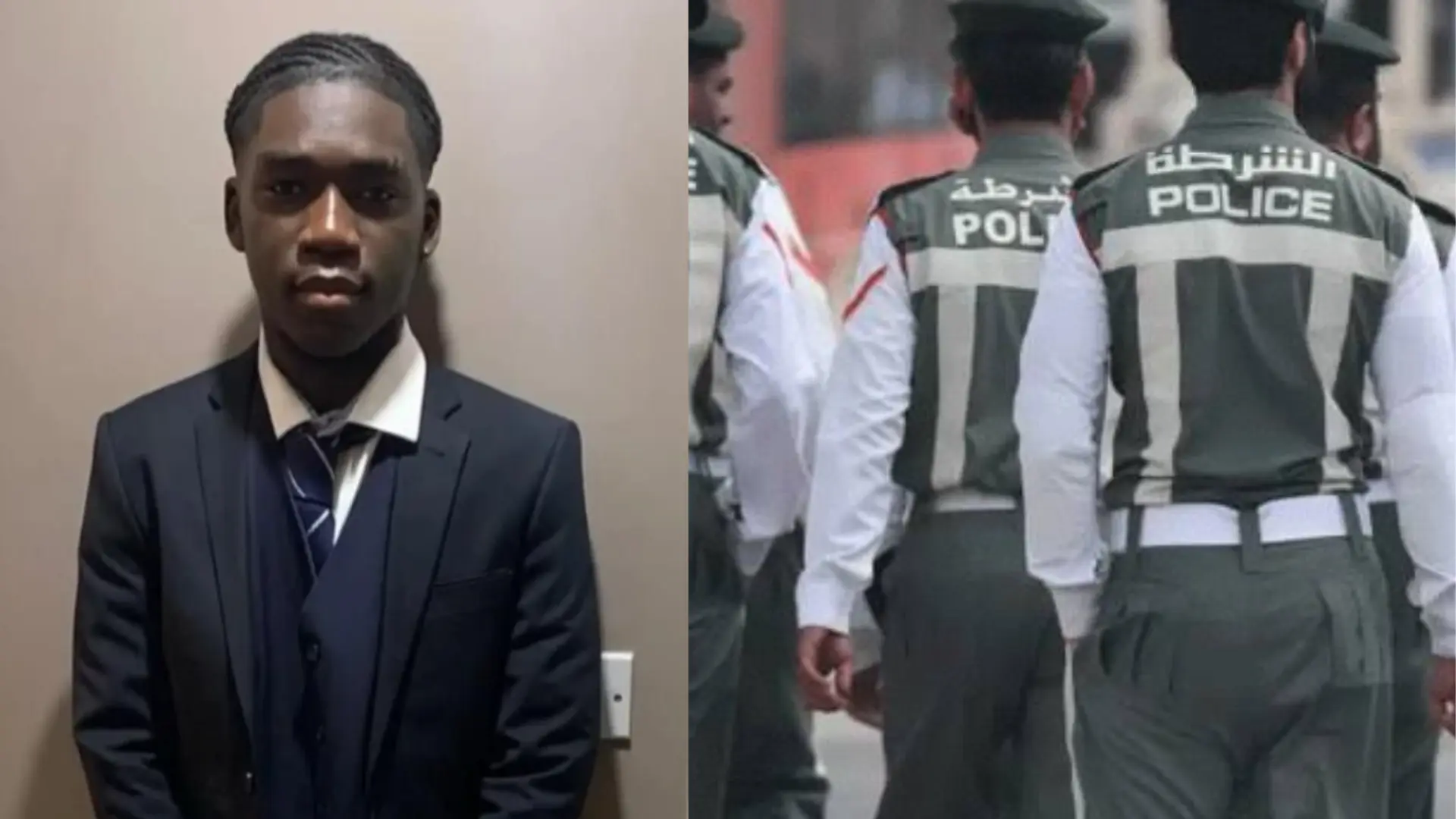The Haryana Assembly elections for a 90-member House are set for tomorrow, October 5. During the heated campaign, the state’s political landscape experienced considerable shifts. Factors like caste dynamics, internal party conflicts, the diminishing influence of sub-regional elites, and social movements are altering the electoral scenario.
Rural-urban divide
A clear rural-urban divide characterizes Haryana’s political environment. Geographically, regions west of Delhi and towards Punjab exhibit distinct economic and social disparities. Urban areas such as Gurugram and Faridabad in the south, along with Ambala, Panipat, and Kurukshetra in the north, have a higher concentration of industries and are populated by businessmen, traders, and middle-class voters linked to non-farm sectors. In contrast, the agrarian belt in the south-central part, including Rewari, Bhiwani, Jhajjar, and Jind, primarily consists of a rural populace, with some peri-urban residents in Rohtak, Sonipat, and Hisar. This region, often referred to as the Jat belt of Haryana, also has a significant Jat population closely tied to agriculture.
Haryana Assembly Elections: Kisan, Jawan, and Pehelwan
Jat farmers in Haryana are facing three critical issues shaping the current electoral discourse: Kisan, reflecting on the farmers’ protest and the controversial farm bills that were rescinded by Prime Minister Narendra Modi’s government; Jawan, concerning the Agniveer scheme introduced by the BJP government; and Pehelwan, which relates to the wrestlers’ protest against alleged sexual harassment by a BJP politician and former wrestling federation chief. In certain villages, some discontented young men introduce a fourth concern—growing unemployment. These factors are coalescing to consolidate anti-BJP sentiment, particularly among the Jat community.
Nationalism and patriotism and Haryana Assembly Elections
In other regions, the mood varies. Within industrial sectors and among businessmen, traders, and many service-based communities within the Other Backward Classes (OBCs), there is noticeable support for the BJP. This backing stems from multiple factors, including Prime Minister Modi’s strongman image and the party’s focus on nationalism and patriotism.
Established organizational structures
As for regional parties, entities like the Indian National Lok Dal (INLD) and the Jannayak Janata Party (JJP), which traditionally rely on rural and Jat support, struggle with organizational presence in urban areas. Their inability to establish strong local networks limits their influence among urban voters. Conversely, the BJP and Congress enjoy a more robust foothold in urban settings, supported by established organizational structures and a focus on urban development issues. Urban voters prioritize concerns like infrastructure, employment opportunities, and governance—areas where national parties often direct their attention.
Haryana Assembly Elections: Rural Vs urban campaigns
Rural campaigns feature large community events for entire villages, attracting 500-600 attendees, while urban campaigns consist of smaller, localized gatherings with 50-100 attendees. Candidates in rural constituencies often visit three to four large villages in a day, whereas urban candidates may conduct 15-20 smaller meetings in the same timeframe, underscoring the different strategies for engaging urban and rural voters.
Caste census and OBCs
OBCs in Haryana make up over a quarter of the population, and both Congress and BJP are competing for their allegiance. Traditionally leaning towards the BJP, OBCs have been drawn by the party’s policies. However, the Congress’ recent push for a caste census and enhanced OBC welfare has added new complexities to this relationship. The Congress has proposed raising the OBC creamy layer income limit to ₹10 lakh, surpassing the BJP’s proposal of ₹8 lakh, aiming to increase eligibility for reservation benefits.
Furthermore, the party’s backing for a caste census targets social justice and representation, appealing to OBC sentiments. In response, the BJP has intensified efforts to court OBC voters by implementing policies that expand reservations in government jobs and education for OBC youth and providing financial support like scholarships and loans for OBC entrepreneurs.
Jat versus others narrative
Despite these initiatives, internal challenges, including the defection of prominent OBC leader Karan Dev Kamboj to Congress, reveal dissent within the BJP’s OBC leadership, which could hinder their consolidation of OBC support. Additionally, Congress’ overt dominance of Jat interests seems to paradoxically aid the BJP in solidifying a Jat versus others narrative. Thus, while OBCs have typically aligned with the BJP, the Congress’ caste census proposal and improved reservation promises are prompting some OBC leaders and voters to reassess their loyalties. The extent of OBC voter realignment will depend on which party can effectively engage them through substantive political efforts.
Coalition between Jat and Dalit voters
Establishing a coalition between Jat and Dalit voters in Haryana poses significant challenges due to long-standing social and economic divides. The Congress aims to bridge this gap by promoting inclusive policies that address the concerns of both communities. Kumari Selja, a prominent Dalit leader, is seen on campaign posters emphasizing “Maati” (soil) instead of “Jati” (caste), aiming to foster a coalition among diverse caste groups. The party advocates for social justice measures, including support for a caste census and economic benefits for marginalized communities. The narrative that the constitution is under threat, which has previously benefited the Congress in recent elections, is reemerging as a significant theme in the current campaign. By focusing on shared interests such as rural development and social welfare, the Congress seeks to position itself as a unifying force for various social groups.
Internal challenges within Congress
However, internal challenges within the party complicate this effort. Visible divisions among Congress leaders, with figures like Bhupinder Singh Hooda, Kumari Selja, and Randeep Singh Surjewala holding separate rallies, may foster perceptions of disunity. Such fragmentation could hinder the party’s ability to mobilize support effectively across different communities. Despite these obstacles, the Congress remains committed to forging a Jat-Dalit coalition, understanding that uniting these substantial voter blocs is vital for electoral success. The party’s capacity to overcome internal discord and adequately address the concerns of both communities will be critical in determining the success of this strategy.
Read More: Haryana Assembly Elections 2024: Is There An Internal Rift In Congress?
















